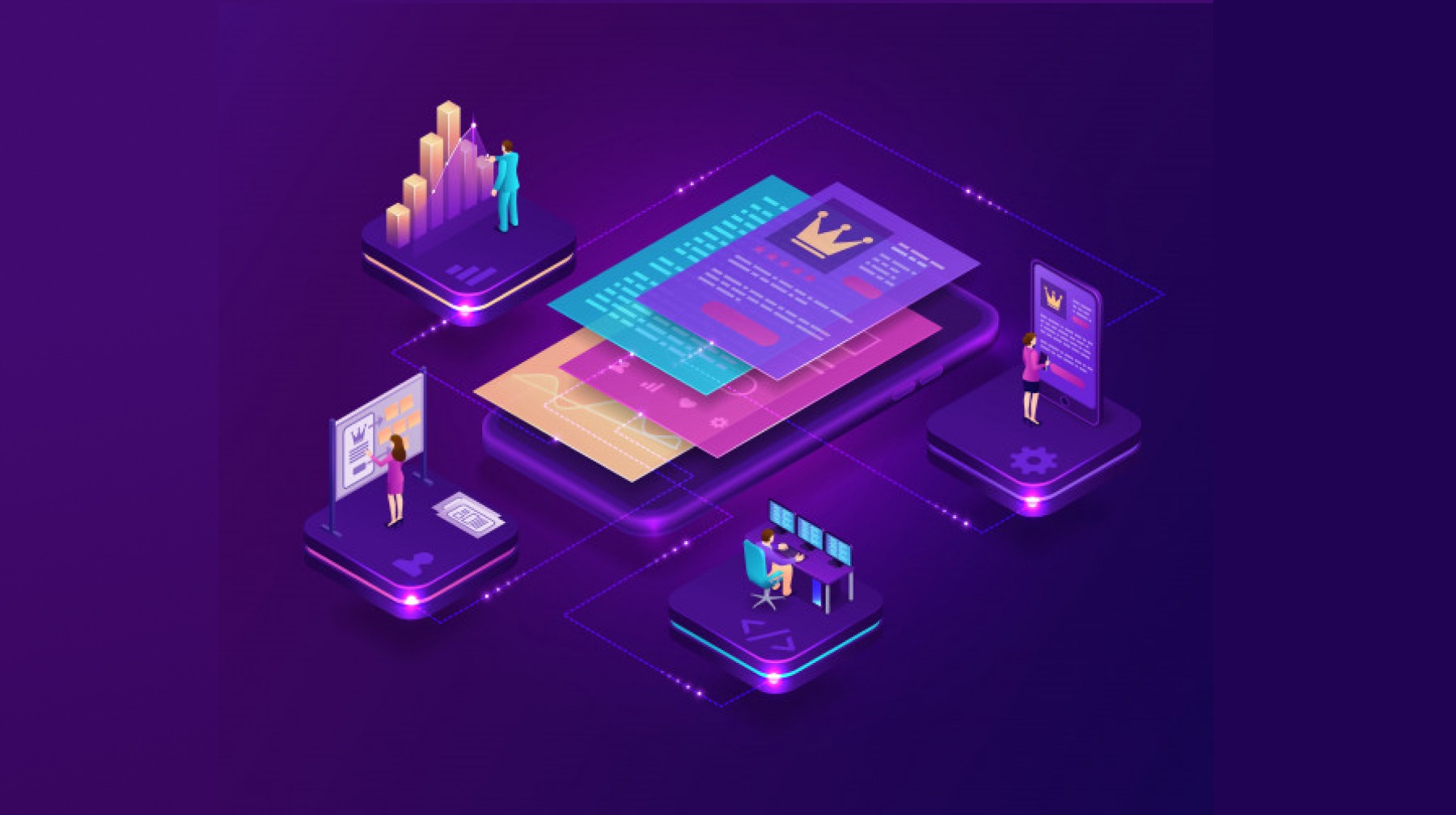5 Best Cloud Cost Optimization Tools for 2024

Cloud optimization eradicates cloud resource waste by choosing, and right-sizing the resources you spend on certain cloud factors. Cloud cost optimization is essential because you aspire to enhance your business benefits by optimizing your cloud spending. When you start using the practice of cloud optimization, you also wish to minimize your cloud waste.
Cloud optimization is vital for companies that want to see more cloud advantages like minimizing cloud costs, enhancing the productivity of engineers, and much more. The best cloud optimization tactic could assist you in knowing what you are doing right and where you need improvement to make the most.
Importance of Cloud Management:
Cloud management adds monitoring your business’s cloud utilization to enhance your cloud visibility, discover more cloud cost savings opportunities and reduce unwanted factors to increase cloud performance. It is the process that DevOps uses to track if the efforts put into the application work as expected against a particular KPIs. Even if you are using Azure, Google Cloud, or AWS, practicing proper cloud management will play a big part in optimizing your cloud application. It is essential to know which cloud cost management tools are best to assist organizations in minimizing, optimizing, and comprehending prices.
What Are The 5 Best Cloud Optimization Tools?
In recent times, most business is done on the cloud, and companies that have been there for years are commencing the transition to cloud-based storage and cloud computing. We will tell you the 5 best cloud cost optimization tools that can help you to have the best performance out of the cloud. Let’s get started!
1) AWS Cost Explorer:
The cost explorer is the cost analysis tool given by Amazon web services. This tool assists all businesses in comprehending how much money their cloud usage is pricing them. It is best for commencing at a small scale, but teams sometimes struggle to use this as the single way of truth since they get more refined. This tool is chiefly beneficial for the finance teams who want an excellent level view of their prices and chances to save money around their complete cloud infrastructure.
Pros:
- Permits you to set alerts for budgeting
- No extra costs for AWS customers
- Provides a high-level view of where prices are coming from
2) GCP Billing:
GCP stands for Google Cloud platform and this cloud platform does not just come up with a sleek, user-friendly interface, but it also comes with some amazing functional add-ons too. It is the built-in tool that the Google cloud platform gives to assist you in comprehending your GCP cloud bill. This software is great and it could mechanically distribute daily reports on spending. In addition to this, it could also help your team to get suggestions on how to stop your team from spending much.
Pros:
-
- Provides suggestions on how you can save more according to your usage
- Helps you to set budgeting alerts
- No extra costs for GCP customers
3) Azure Cost Management + Billing:
Azure is a built-in tool given by Microsoft’s cloud platform. This is quick and permits you for various multiple integrations. Each of the public cloud givers has a built-in console for you to view your costs at a significant level. This tool is best for you if you have a small business that just needs a great level of overview of prices. Moreover, this tool also helps to monitor Azure cloud costs, does cost analysis, and budgeting, and also exports cost management data. When you start using Azure and AWS together, then the application also permits you to tackle billing data from both.
Pros:
-
- Integration into PowerBI and AWS permits for great reporting and dashboards
- Gives suggestions for how you could save according to your usage
- Allows budgeting alerts
- No more costs for Azure customers
4) Harness Cloud Cost Management:
Harness cloud cost management is a tool that is made for the latest software company in the cloud. With the help of it, you will be able to track the usage data, involving utilized, unallocated and futile resources. This platform is suitable for companies with multiple teams and if your team needs to lock down on how cloud resources are used, then Harness could help definitely. The harness is beneficial due to its proactive approach to minimizing costs. The software will be able to detect anomalies and forecast precisely. Let’s see what additional benefits it has:
Pros:
-
- Provides visibility into cloud resource costs by idle, utilized, or unallocated at the hourly granularity
- Provides pertinent information at any level of the business with no tagging needed
- Surface savings suggestions across workloads and the data validation behind them, including rightsizing
- Offers best governance factors to assist and manage financial controls
5) Cloud-Health by VMWare:
Cloud-health is the best cost management software that focuses on governance in cloud costs. It was the first primary tool of its kind and assists clients to have visibility regarding their spending, optimizing it, and making policies that fulfill compliance and financial management requirements. Finance teams will find this tool useful and beneficial.
Pros:
- It supports multi-cloud and hybrid cloud cost visibility
- Compares cloud deployments with security risks
- Provides cost savings suggestions across your workloads, including reserved instance buying and rightsizing
Final Thoughts:
Cloud cost optimization could be best for you if you are just starting. We have provided the list of some of the best platforms available that put you well on your way to choosing the cloud optimization tool that is best for you. At Code district, we choose the best cloud solutions based on our client’s requirements.















